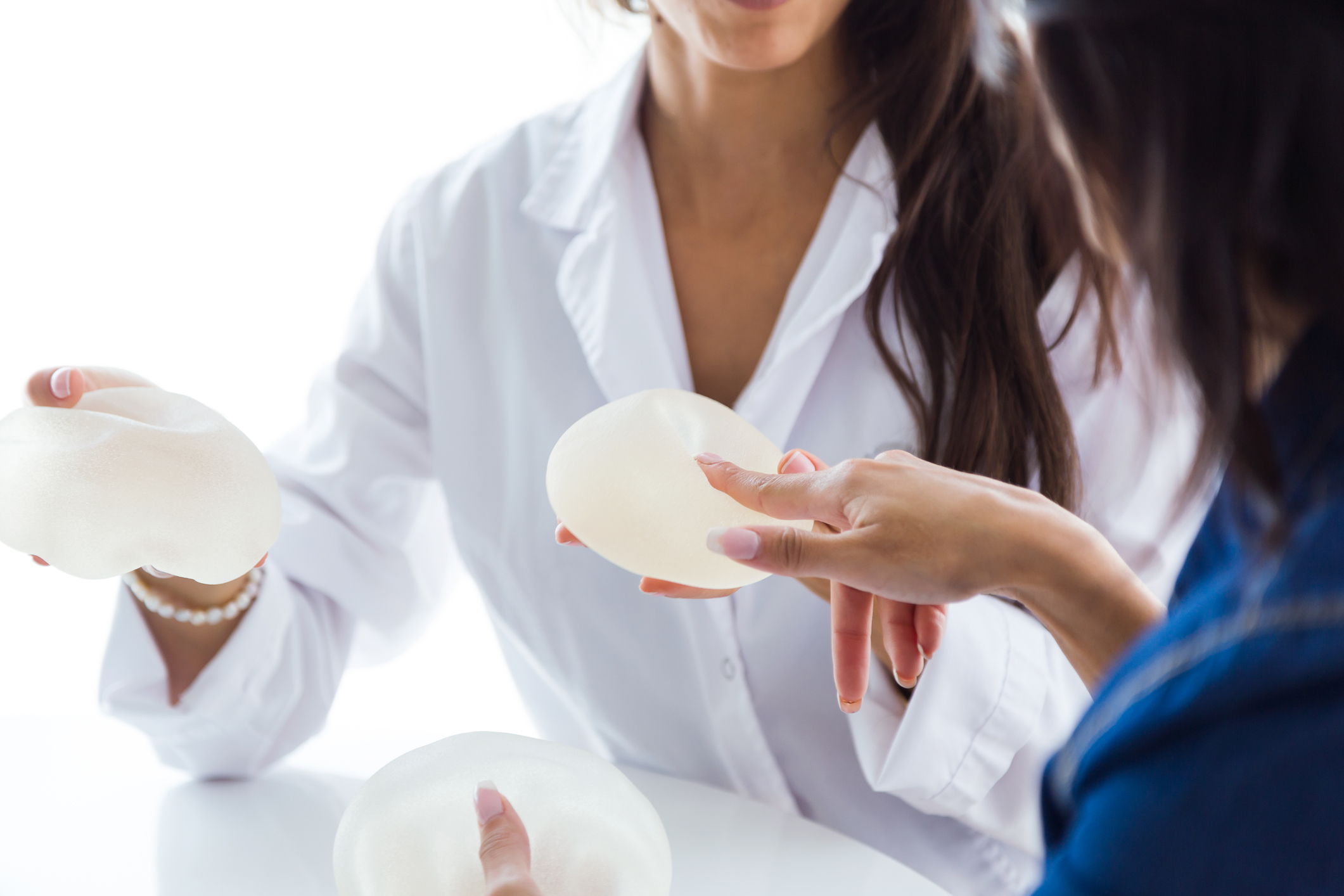Silicone and Saline Breast Implants: Understanding the Difference

When thinking about implants for breast augmentation, there are a wide variety of choices. More broadly, however, implants are divided into two categories—silicone and saline. There are definite advantages and disadvantages to each type. Understanding these differences between silicone and saline breast implants along with knowing your goals will help you select the type of implant that is right for you.
Silicone Implants
Silicone breast implants are safe and are widely felt to be a better implant because of their natural feel. All implants have an outer silicone shell fill, but silicone implants are filled with a silicone gel giving them a texture and density like natural breast tissue.
Advantages of Silicone Breast Implants
- They tend to have a softer more natural feel.
- They have a lower risk of rippling, meaning the implant shell is less likely to be visible under the skin.
Relative Disadvantages of Silicone Breast Implants
- All implants have a risk of rupture, but if a silicone implant ruptures it can be hard to detect clinically. It is recommended that silicone breast implants be periodically monitored with MRI or high-resolution ultrasound.
- Because silicone implants are prefilled, placing a silicone implant requires a relatively larger scar than placing a saline implant.
- Silicone breast implants tend to be more expensive than saline implants
Saline Implants
Saline breast implants consist of a silicone outer shell filled with a sterile saline solution. They are a safe choice for individuals seeking breast augmentation.
Advantages of Saline Breast Implants
- Since saline implants are filled with a liquid, there is some flexibility in adjusting the fill volume at the time of surgery to achieve symmetry.
- There is no need for special monitoring to detect a saline implant rupture. If rupture happens, the saline is absorbed, and this results in a deflation which can be detected on exam.
- Because saline implants are inserted empty and filled after placement, a relatively smaller incision is needed during surgery.
- Saline implants are generally more affordable compared to silicone implants.
Relative Disadvantages of Saline Breast Implants
- Saline implants have a higher probability of visible rippling or wrinkling, especially in patients with thin skin and little breast tissue.
- Saline implants tend to be somewhat firmer and feel less natural than silicone implants.
There are many factors that will influence your choice of implants. Understanding the difference between silicone and saline implants and knowing your specific goals is an important first step. Consulting with one of our board-certified plastic surgeons can help guide you in choosing the implant that best suits you. Contact us for more information.

